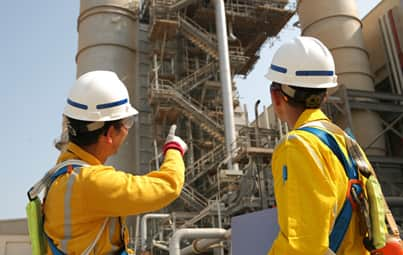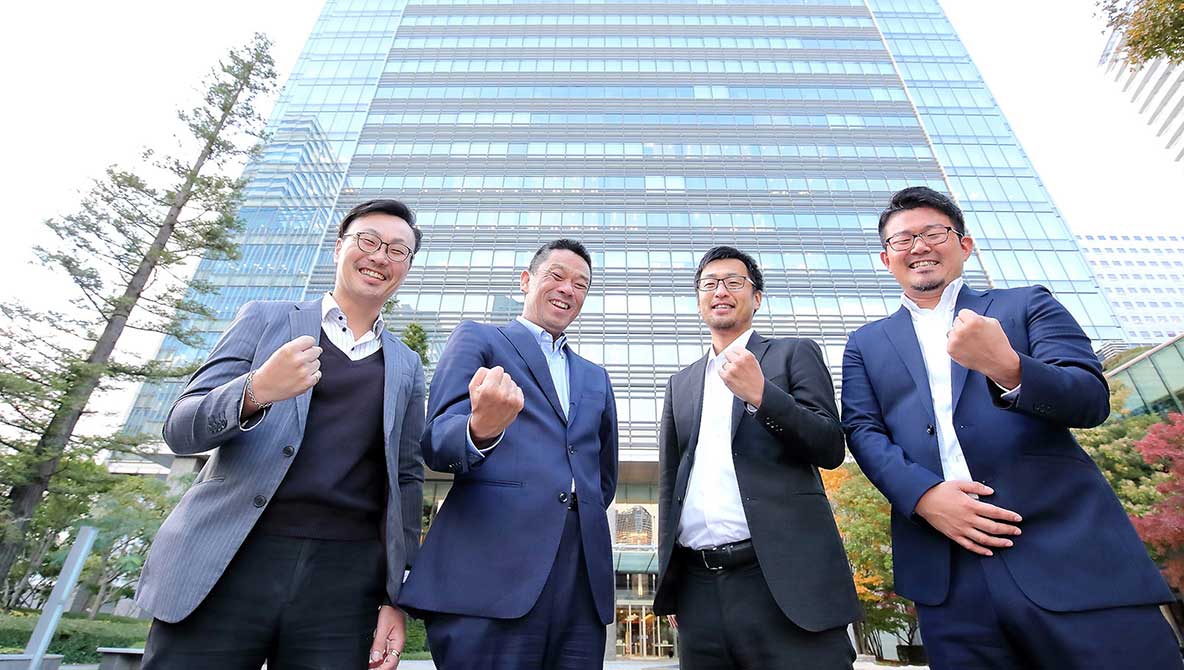装飾1
装飾2
装飾3
News
Latest News-
Press Release
Presidential Appointments in Chiyoda Group Companies Effective as of the 2026 Ordinary General Meeting of Shareholders
-
Press Release
New FY2026 Execution System
-
Press Release
Chiyoda Corporation Signs an MOU with GeoKiln Energy Innovation Inc, for a Conceptual Study on Hydrogen Recovery and Purification Facilities using their Stimulated Natural Hydrogen Generation Technology
-
Information
Chiyoda's video advertisements will be showcased at 17 Tokyo Metro stations [December 29, 2025 - January 11, 2026]
-
IR Information
Publication of CHIYODA REPORT 2025
装飾1
Enriching Society
through Engineering
Value
through Engineering
Value
FUTURE
装飾2
装飾1
Addressing Diverse
Social Challenges
Social Challenges
BUSINESS
装飾2
装飾1
Leveraging Our
Strengths
Strengths
ADVANTAGE
装飾2
装飾1







Together with
Society
Society
装飾2






























